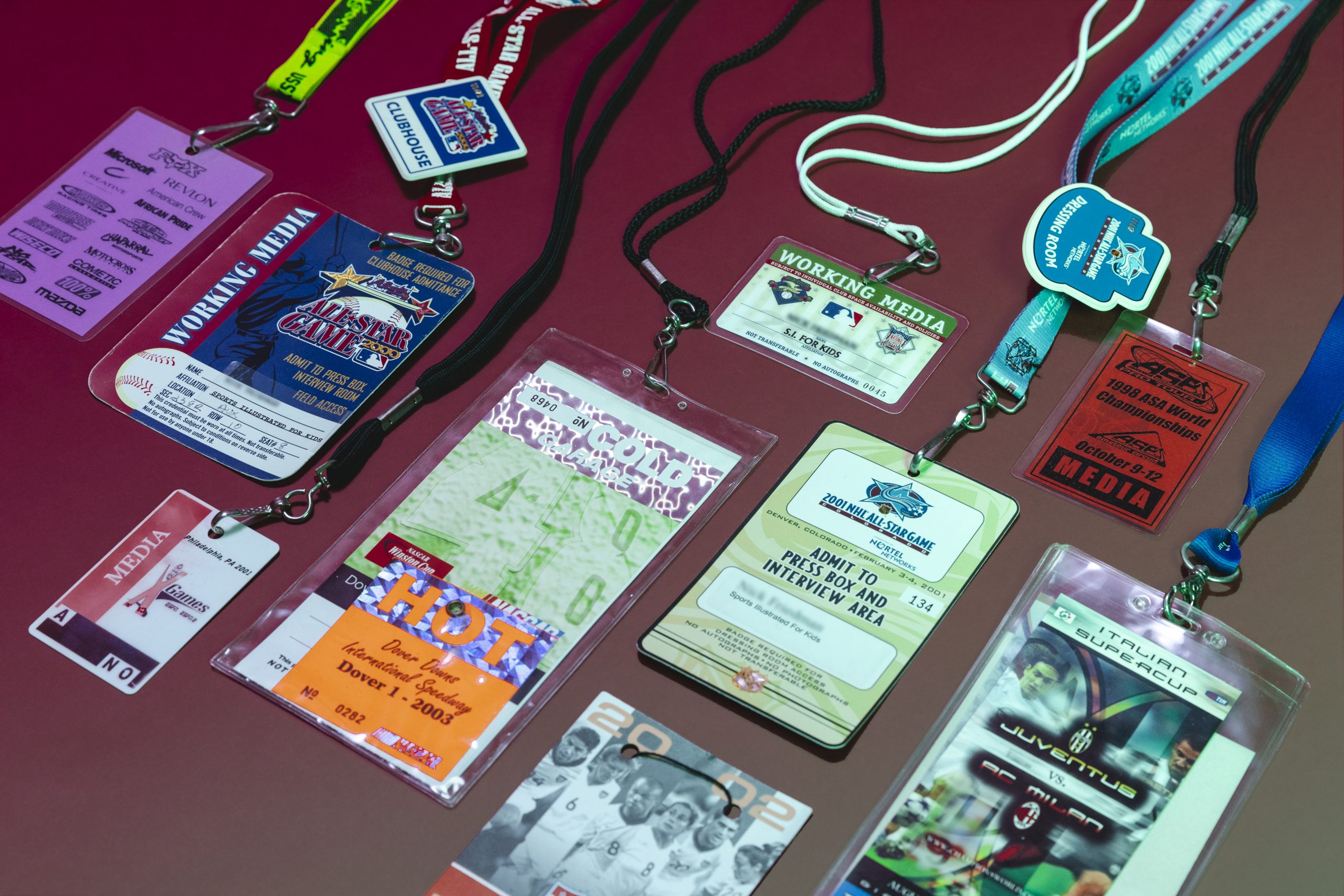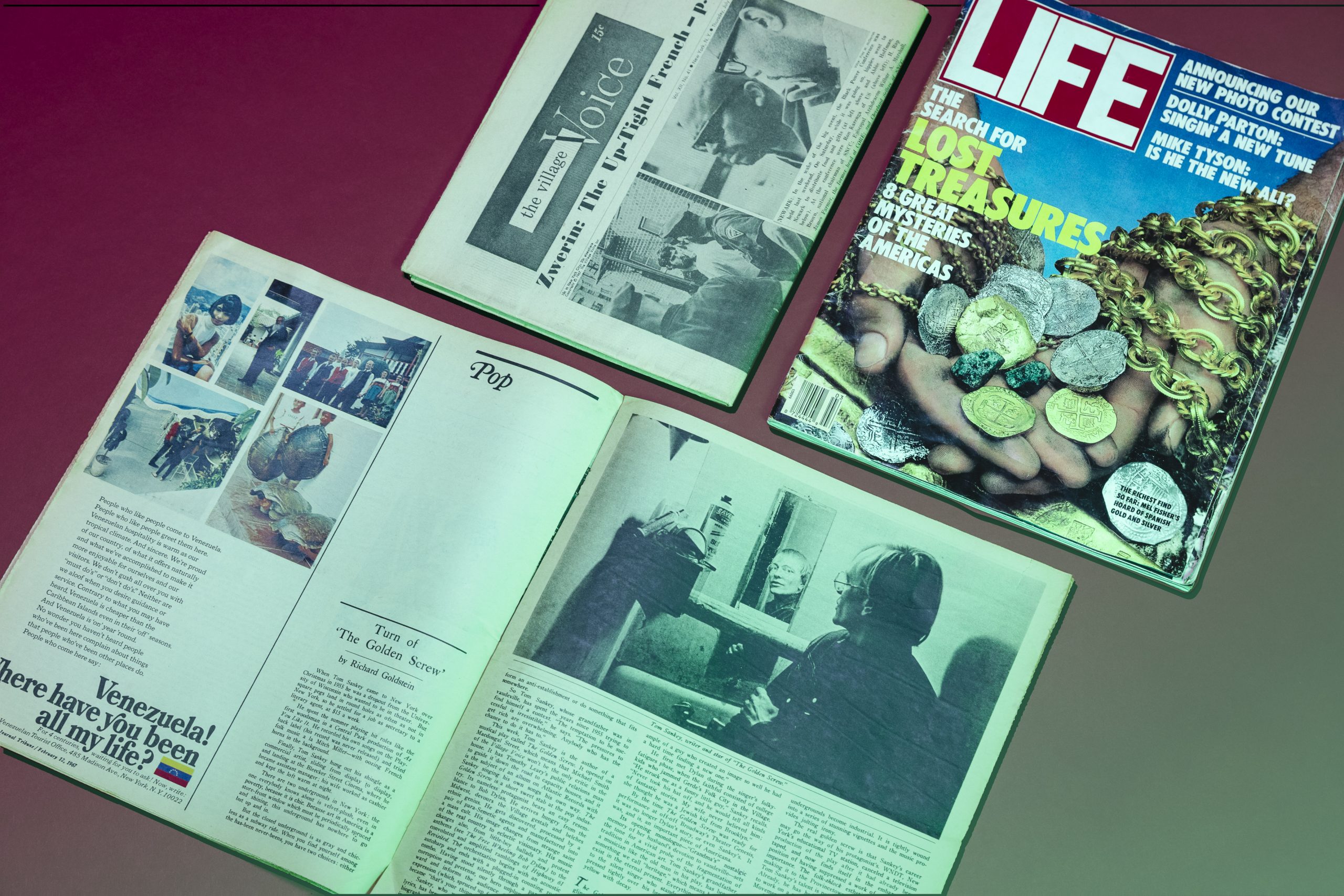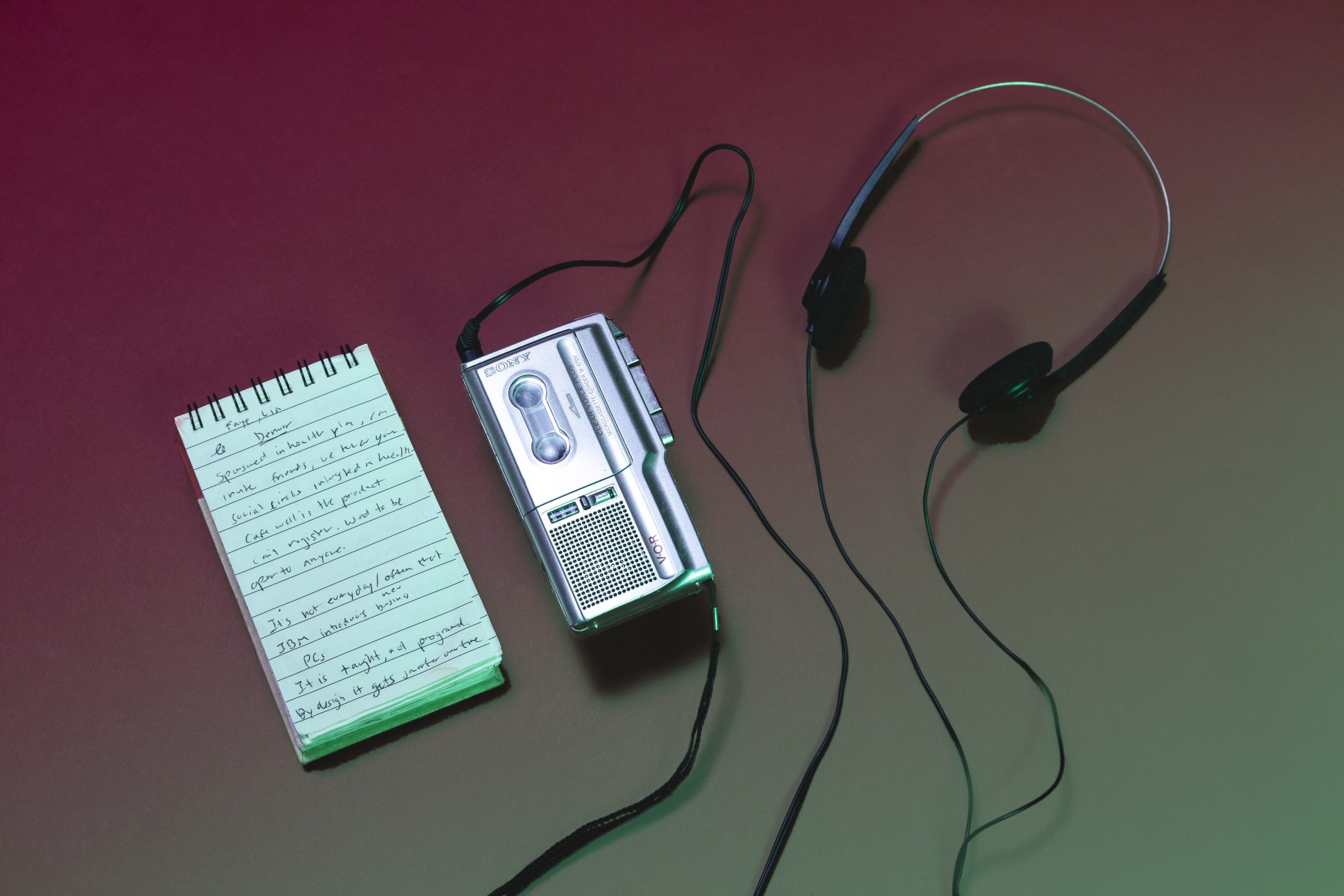If you want to understand the world of a stressed-out journalist facing tight deadlines, look no further than Ron Howard’s “The Paper.”
Hailed as one of the best films about journalism ever made, the story of one day in the life of an editor, played by Michael Keaton, who races against the clock to break a high-stakes story captures what it’s like to work in a scrappy New York City tabloid. I should know. Before joining SJR as a senior editor, I was a reporter at the New York Daily News, upon which the movie is partially based.
Time — or lack thereof — is a major theme of “The Paper” as a ticking clock reminds Keaton’s character of his looming deadline. Likewise for many of us at SJR who formerly toiled in high-pressure newsrooms, the clock was an ever-present force, a constant reminder that we didn’t have much time left to nail a story or beat a rival media outlet to a scoop.
The requirement to meet tight deadlines, while challenging, was also a great motivator. For me, there was no better rush than the feeling that came from breaking news or finding just the right words with little time to spare.
But what happens when our clients, not the clock, are our No. 1 priority? How do we keep the adrenaline pumping? Do creativity and great storytelling thrive on razor-thin deadlines, or does our work get even better when we take our time?
We asked four SJR editors who made the leap from fast-paced newsrooms to SJR’s pulsing, but more scheduled, content newsroom to talk about their transitions. Here’s what they had to say.

I’m a procrastinator by nature. If I’m given too much time to complete a task, my mind wanders, I overthink it, I toil and labor over it. So what better career for me to fall into than journalism, first as a reporter and then as an editor? The fast pace of the newsroom delighted me. The tight deadlines gave me a rush. The constant chatter of reporters and editors shouting across the room was music to my ears. And for all of us, time was sacred.
In the newsroom the clock loomed over us, wrapped in a silver rim with a white background and dark black numbers. We were old-school analog — no digital there. And despite the whir of the room, the clicking of the red second hand gnawed at your nerves.
Sure, our notebooks were filled with ideas for pieces that took days or weeks — or for a select few, months — to investigate. But most assignments had to be delivered within minutes or hours of their coming across your desk. Dead body floating in the Passaic River. “Gimme something for the web in 15 minutes,” shouts the cops editor. I’d flip my Rolodex to find the number for police dispatch.
When the police chief of Hackensack was about to be arrested and charged with a crime, I huddled around a computer with a reporter and two other editors rewriting paragraphs and perfecting the lede. We had until midnight to get the story to the page one editor. As we closed in on the finish, I looked up from my screen and yelled, “Will someone get the pregnant woman some food?”
In this life at SJR, teams gather in conference and chat rooms. But inside, the energy is still the same and the creative ideas keep flowing. Here, I treat my clients just like beats. On any given day, I’m juggling multiple assignments with varying deadlines. And just when I think I’ve got a free moment to spare, something else pops up. Still, there are no clocks in sight, as they’ve been replaced by the steady stream of Outlook alerts notifying me of which meeting to head to next.
When I get an assignment, I try to knock it out like I’m racing against the clock. Sometimes, I block off time on my calendar so I can get the job done. The deadlines may be spread out, but the work is consistent. Time is a precious commodity. I hoard it now more than ever. And if you’re not careful, it’s even easier than it was in journalism to run out of time.
–Christina Joseph

I repented with doughnuts.
In 2004, I was working for a New England metropolitan newspaper, and one stressful night found me struggling on an article about a town council meeting I had attended a couple of hours earlier. I can’t remember what made the piece so challenging, but I do remember the guilt I felt after filing my story later than expected, knowing that my editors would have to heroically rush through my piece to meet the paper’s printing deadline.
The next day I stopped at the local Dunkin’ Donuts on the way to work and picked up a dozen treats: glazed, plain and chocolate. My editors accepted my apology-by-way-of-pastries with gratitude, graciously pretending that my slip-up the night before wasn’t a big deal at all. And maybe it wasn’t, but for a cub reporter eager to prove herself, it felt like a big deal. I would go on to spend a decade in fast-paced newsrooms, and I was never that late on a deadline again.
It’s different now, working for a creative agency. While I have multiple deadlines, they’re rarely daily and they’re almost exclusively for web-based publications, so I never find myself in a situation where I’m typing frantically as I worry about delaying the production of an entire newspaper. It’s tremendously freeing: I have the time to brainstorm, experiment, write and rewrite, ensuring that I can approach an assignment with more creativity than in my previous professional life.
But lacking a daily deadline did take some getting used to. A deadline is a motivating force, and without a daily one, I wondered how I’d organize my workload. Fortunately, journalists tend to be quick studies and it didn’t take me long to find my footing. Today, I prioritize assignments with hard deadlines first and squeeze in other tasks around them.
Some rhythms from my newspaper days remain. I’m still at my most productive in the late afternoon and at night. Just as I did as a newspaper reporter, I cluster my interviews and calls in the mornings and early afternoons to leave time for writing later.
I still write a to-do list every day, just as I did when I was juggling multiple news stories. And after filing a piece, I still pick up the occasional doughnut, but not for the sake of contrite gift giving. The doughnut is for me, in sweet recognition of a job well done.
–Alice Gomstyn

When I was a New York City newspaper reporter, I needed a gun to my head to do my job.
I’m speaking figuratively here, so no need to worry about my personal safety or professional preferences. But the pressure to beat the competition within a narrow span of time was very real — and it was the key to my success.
It’s what motivated me to rush to the scene of a major news story ahead of the pack. It’s what drove me to get an exclusive interview with a senior law enforcement official. And it’s what led me to Rikers Island to find the alleged “perp” no one else could find and land what turned into the biggest news story in the city (for the day, at least).
Find the story. Beat others to it. Oh, and get everything finished in two hours. Your editors need that web story pronto.
I dreaded the stress. I thrived on it. I loved it. I needed it. I miss it.
That was five years ago. Today my deadlines are no longer set by scary (yet effective) editors but by discerning and demanding clients.
Some things have changed. Others remain the same. I still drink too much coffee. I’m still a reporter at heart. I report. I call clients. I call third-party sources. I’m still driven to deliver great stories on time.
My clients hire me to tell the story that no one else can tell. At SJR, we create content that is journalistic and narrative in nature. Our writers — seasoned newsmen and newswomen — know what makes a story worth reading. We know what salient facts and tidbits will make the story “pop.”
We know because at one stage in our professional lives we had the dreaded deadline hanging over our heads as we rushed to find all the right facts and sources, sometimes in a comically small window of time.
Every client has two things: a story to tell and little time to tell it.
This is the challenge that I want and need. And please, put down the gun. I was only kidding.
–Daniel Edward Rosen

Before joining the world of Group SJR, I was an online breaking news reporter, covering the top business stories of the day. Wearing a headset, I was glued to my desk alongside rows and rows of other reporters.
To excel at my job I had to hit every angle of a story at breakneck speed.
In the aftermath of the Great Recession, I chased stories that went far beyond the headlines and shed light on the real impact of the economic downturn.
When the Federal Reserve would whisper that a change in interest rates might be coming, I scrambled for an analyst’s quote about the stock market. When the monthly jobs report offered dismal news, I would track down an unemployed parent to learn about his or her struggles.
Luckily that headset served me well as I listened intently and furiously typed.
Each day, I would typically write three to five stories. Accuracy and speed. That was the name of the game.
Since I’ve left the newsroom, it’s a rarity when that level of speed is expected. If a client has an urgent request, the need for speed doesn’t intimidate me. Accuracy, of course, is always important.
My priority now—and what feels like a luxury—is bringing my client’s authentic voice to each narrative. Listening carefully to a client’s feedback, sometimes fluid, is a new kind of challenge.
Without a looming hourly deadline, I approach storytelling as a collaborative art form with clients. I’m able to take more than just a moment to listen and reflect with them about all the different ways we can use words to craft a compelling story.
–Susanna Kim





